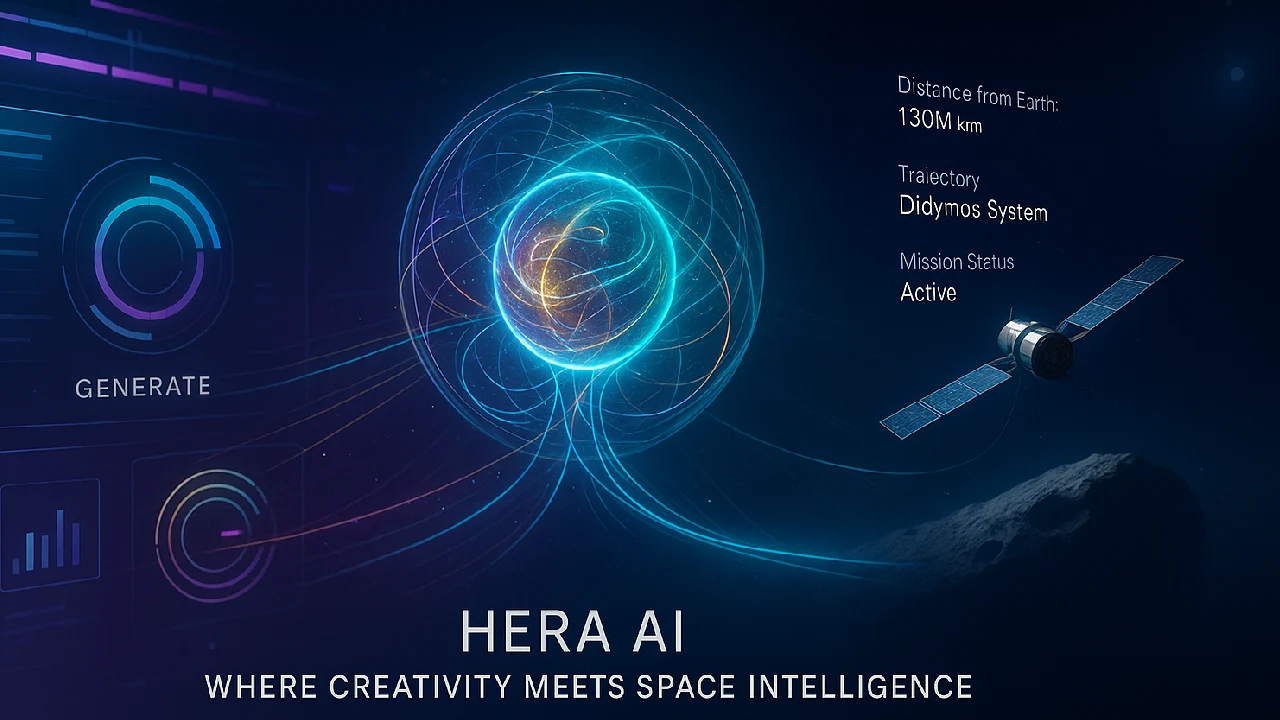Early warnings can be the difference between life and death during floods, heat waves, or typhoons. That’s where the MAZU AI early warning system comes in. It’s a global project that uses AI to help countries get ready for major weather disasters before they happen.

This blog will talk about what MAZU AI is, how it works, how it can be used in the real world, and why it will be important around the world in 2025 and beyond.
What is MAZU AI and why it matters
MAZU stands for Multi-hazard, Alert, Zero-gap, and Universal. It is also the name of the ancient Chinese sea deity and weather protector. This is more than just a smart acronym. Powered by AI, MAZU AI marks the beginning of a new era of climate resilience.
The China Meteorological Administration (CMA) started MAZU AI at the 2025 World Artificial Intelligence Conference in Shanghai. The goal of MAZU AI is to connect weather data with quick, useful alerts, especially in developing nations that don’t have a lot of resources.
It is quite similar to the UN’s “Early Warnings for All” program and China’s Belt and Road Initiative, which both want to give countries that need it the most better tools for getting ready for disasters.
How MAZU AI works: A tech breakdown anyone can understand
At its core, MAZU AI uses AI models that have been trained on weather patterns, satellite data, and real-time hazard inputs to find and predict extreme weather occurrences. But its real strength is in how it automates and customizes warnings for each user.
Here’s how it works:
- Data Collection: Ingests weather data from satellites (like Fengyun), sensors, and local inputs.
- AI Forecasting: Uses machine learning and large language models to analyze risk zones.
- Role-based Alerts: Automatically creates alerts, bulletins, and emergency plans customized for city planners, first responders, and citizens.
- Real-time Recommendations: Offers localized defense guidelines and response actions based on predicted scenarios.
What makes MAZU AI stand out
MAZU is not just another weather app. It’s a smart, layered protection system that can grow and change to fit any situation.
Key features of MAZU AI:
- MAZU-Urban: A specialized module for cities that tracks multi-hazard threats in dense urban environments.
- Automatic disaster bulletins: Generated instantly as soon as a threat is detected.
- Role-based Q&A system: Citizens can ask questions and get personalized safety responses.
- Three-tier system:
- Government agencies for high-level alert response
- Industry professionals for localized risk assessments
- General public for personal safety alerts
- International training programs: To build talent in countries that lack early warning infrastructure
“Early warning is no longer a luxury for a few. With AI systems like MAZU, it becomes a shared global responsibility.” – CMA Spokesperson
Real-world impact: Already active in 35 countries
MAZU AI isn’t just a hypothesis; it’s already creating ripples all around the world.
Used in 35 countries (as of July 2025), including:
- Mongolia and Djibouti – received official MAZU Urban systems during the WAIC 2025 unveiling.
- Pakistan, Ethiopia, and Solomon Islands – co-developed local cloud-based early warning tools.
- 133 nations are already receiving weather support from China’s Fengyun satellite network.
The United Nations Industrial Development Organization (UNIDO) applauded China’s work in Africa, saying that MAZU helped make innovation ecosystems stronger and trained local specialists to be more resilient.
Why it matters now more than ever
MAZU AI is a big step forward in being ready for climatic disasters, which are happening more often and with more force. And it’s not only about making predictions; it’s also about how quickly you can respond, how relevant it is to your area, and how fair it is for everyone to have access to life-saving technology.
MAZU AI gives developing countries access to AI-powered early warning technologies that can grow, individualized catastrophe advice, and training support from other countries.







